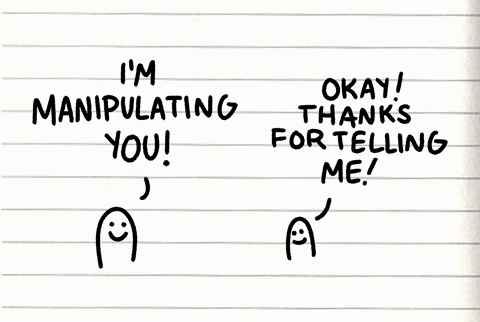People don’t remember everything they saw...
But they will remember how it made them feel!
2 min read


There’s a famous old ad campaign you might remember:
“Hi, I’m a Mac.”
“And I’m a PC.”
It was cheeky. Memorable. Incredibly effective.
In just thirty seconds, Apple told you:
“We’re the cool ones. The ones you want to be seen with.”
And Microsoft? They looked like the guy trying to fix the printer.
And the thing is… both sold computers that technically did the same things.
But one made you feel inspired. The other made you feel... like doing admin.
That’s the entire game of branding — the way design can bypass your logic and speak straight to your gut.
Design is psychological warfare (the nice kind)
Design isn’t just about pretty things. It’s applied psychology.
When I create brand identities, campaigns, or event visuals for my clients, I’m not just picking colours that look nice or fonts that “pop.”
I’m asking:
What emotional response do we need this to trigger?
What kind of person do we want this to speak to?
What kind of decision do we want them to make after seeing it?
Because people don’t convert from “nice.”
They convert from yes-that’s-me or I-need-this.
Here’s how we do it:
We use:
🧠 Psychological priming – setting the mood through visuals
🎯 Social engineering cues – trust signals, familiarity, authority
🎨 Colour psychology – red makes you act, blue makes you trust
🪄 Font psychology – serif = tradition, sans serif = modern
📐 Layout hierarchy – guiding attention like a choreographed dance
🧬 Emotional resonance – subtle details that say: “This gets you.”
In other words, it's psyops… with a subscription to Adobe Creative Cloud.
Want a real-world example?
Think about a tech conference.
You’ve just shelled out £20k for a stall, graphics, and handouts.
You’re launching a new service. Big deal. High stakes.
Now imagine two scenarios:
You use the event branding your agency gave you — something that looks suspiciously like a dozen others they’ve done.
You hire someone like me to dig in, understand the emotional core of what your audience needs to feel — and you build everything around that: intrigue, trust, confidence, FOMO.
Guess which one people walk away from saying,
“I have to remember this.”
TL;DR?
Design that triggers feeling leads to memory.
Memory leads to action.
And action? That’s the sale, the click, the conversion.
So before you ask “Do you like the look of it?”
Try asking: “What do I want someone to feel when they see this?”
Because a design that feels right… works harder than a design that’s merely nice.
👉 Message me on LinkedIn or drop me a note here.
🧠 Want the bite-sized version? Here’s the original LinkedIn post.
NEXT POST

